Antarctica 2011 Trip Review
- At January 09, 2012
- By John
- In Antarctica, Clothing, Workshop
 1
1
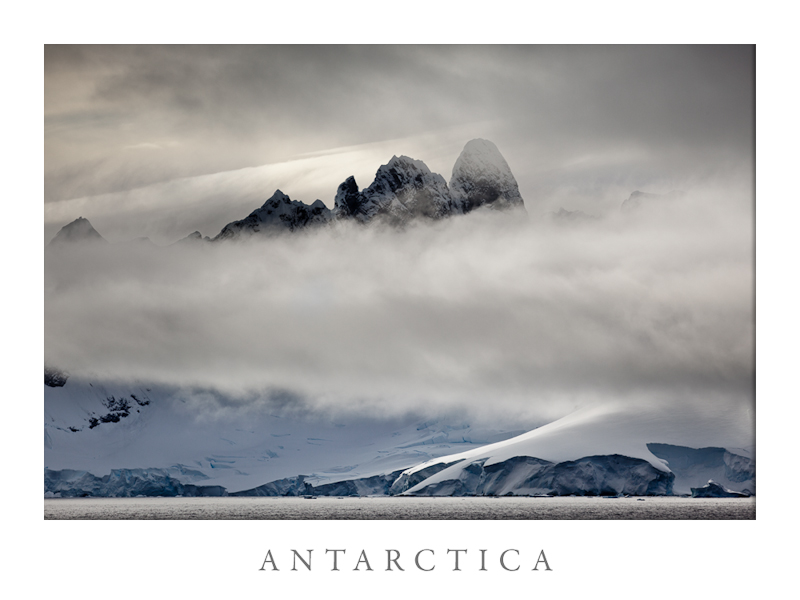
This is a blog I started quite some time ago, but for some unknown reason or other it got put on a back burner and I never got around to finishing it, until now. It’s been quite a while since my trip to Antarctica and I’ve been wanting to write about some aspects of this amazing trip. I read Andy Bigg’s (one of the workshop instructors) excellent article entitled Antarctica – What Worked and What Didn’t the equally excellent Antarctica Debrief by professional photographer and fellow workshop attendee Josh Holko. It’s very much something along these lines that I wish to pervey, so this is my take on the trip in deference to the two already very well written blogs.
Antarctica Worksop by Digital Photo Solutions
The workshop took place during the early part of the Antarctic summer season, and ran from 29th November through to 10th December 2012, departing from Ushuaia, the capital and southernmost city in the province of Tierra del Fuego, Argentina. Participants were required to make their own way there. I decided the risk of airline delays and missing the boat to Antarctica was not something I could contemplate so elected to arrive a day early and spent an extra night at the hotel Los Nires. One night was already included within my package. Many of the participants had elected to arrive early and some of the instructors arrived a couple of days beforehand. The hotel was fine, although I have to say my evening introduction to the team was not quite as welcoming as I’d hoped.
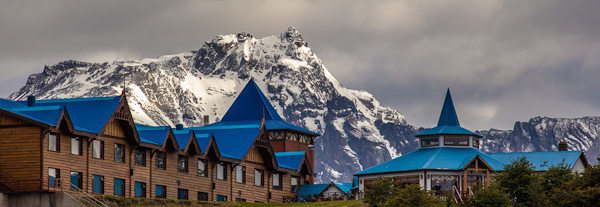
Los Nires Hotel, Ushuaia.
The ship Ocean Nova, run by Quark, proved to be a comfortable vessel, and I had opted to share a double birth. Luckily for me my ‘roomy’ turned out to be renowned photographer David DuChemin who not only turned out to be excellent company, but it my opinion probably the best photographer on board. The workshop instructors comprised Seth Resnick, John-Paul Caponigro, Arthur Meyereson, Eric Meola and the afore mentioned Andy Biggs. Arthur and Eric were unknown to me but I was aware of the photography of Seth, John Paul and Andy.
We had most of the first day to ourselves before our evening sail, but there was the option of taking a helicopter trip up to some ice cave in the mountains, but this was an additional $300, but after an exhausting 30 odd hour trip down to Ushuaia from the UK and the fact that I frequently fly in helicopters, I elected to explore Ushuaia instead.
We boarded our ship in the evening and after introductions and briefings from the Quark staff we set sail down the Beagle Channel towards the open sea and the dreaded Drake Passage.
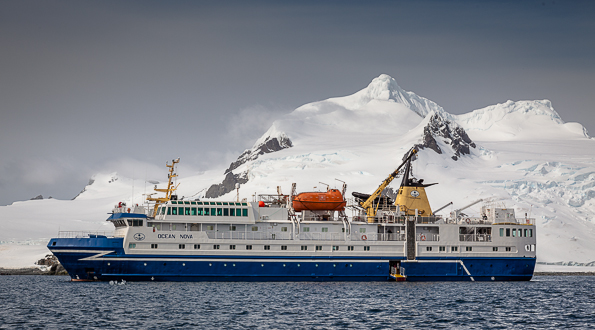
Clothing and Expedition Gear
I may as well start by saying I took far too much in way of clothing and perhaps failed to fully take to heart pre-trip advice to take only a minimal amount and utilise the ship excellent and prompt laundry service. But let’s face it, this is the Antarctica right, and it’s going to be dam cold and I may just need that extra thermal thingamajig … wrong, it was never really THAT cold and average temperatures in the Antarctic Peninsular over the summer months are typically average 2 to 3 degrees above freezing. Some days it was considerably warmer and to be completely honest, I can never remember feeling freezing on this trip but do remember overheating and sweating, especially when ashore due to wearing too much gear. Many on-board found the cabins rather on the warm side too and asked for the cabin heating to be turned down. Even whilst out and about in deep snow and or bouncing around in the zodiacs in a snow storm and strong wind, I can never remember being really cold nor hearing anyone say they were cold for that matter.
Clothes In The Bag
My bag then, a Hi-Gear Rolling Lugga 100 duffle bag, could have been somewhat lighter and much emptier had I known as about a third of the clothes I took never left the bag. I’ll start of by telling what I didn’t need. Thermal base layers for a start. I took 2 sets of thermals (long johns and long sleeve vest to those of us old enough to talk in old money), as advised by the Quark literature I may add, but never found the need to use them. Next time I’d just take one set, just in case. I took a pair of ski pants (salopets), not real thick ones either, but they never saw the light of day. I took loads of thick hiking socks but could have gotten away with just a few, and lastly I brought several thick fleeces and micro-fleeces and when just a couple of micro-fleeces and one thick fleece would have been more than sufficient.
Outer Wear – Antarctic Parka
Quark provide an Antarctic parka to each participant, usually in bright yellow or red for high visibility, and these I found to be pretty good although they were certainly not to everyone’s liking and a few participants preferred their own outerwear. The Quark parkas are quite bulky since they contain a detachable zipped fleece lining. For most of the photographers the Quark parkas worked fine. They are also part of the package and yours to keep at the end of trip, so will take up some considerable amount of additional baggage space if you need to pack it on your return journey. Like most I chose to wear mine and whilst useful when back in Ushuaia, they are definitely not suitable in Buenos Aires on your trip home. A few decided to ditch their parkas with Quark for this reason, but I wanted to keep mine as a memento of the trip, but to be perfectly honest I really can’t see it being used that often back here in Yorkshire. You could probably get away with using the detachable internal fleece for your trip rather than bring your one, but the navy blue, detachable, fleece is emblazoned with the quark logo, and not perhaps the smartest looking fleece, and I only know of one member who wore his on the Patagonia trip afterwards.
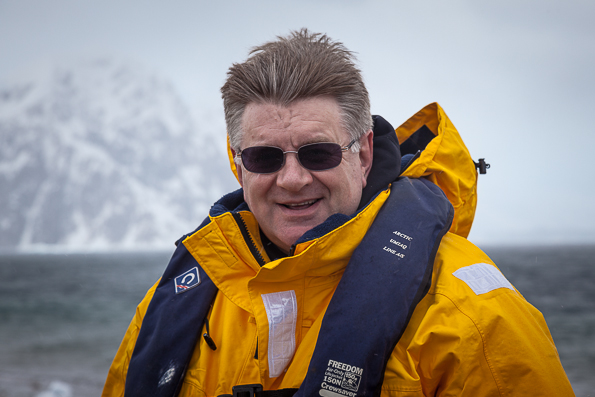
Yours truly, complete with Antarctic parka in a zodiac
Expedition Grade Gear
One thing I really do want to stress , that despite this being Antarctica, you definitely do not need really expensive expedition grade gear for a trip of this nature, and by that I mean all the expensive gore-tex stuff. I can hear many of you thinking I’m nuts saying this but it really isn’t necessary and I’ll tell you why. If you’ve got this stuff already, fine, take it along, but you don’t have to spend a fortune on really high grade expedition gear before going on cruise to the Antarctic Peninsular in the summer months. Don’t get me wrong, I’m a bit of fan of great outdoor gear, just like many other photographers, and as a bloke, outdoor clothing shops are perhaps one of the very (very) few shops (other than camera shops) in which I actually enjoy shopping. However, as a guy of ..er .. how shall we say, er .. larger than normal stature (and I’m being polite here), OK then, XXXL size and in possession of an un-streamlined torso especially around the middle, I do find it very difficult getting good outdoor clothing in my size anyway. It would seem (at least here in the UK), outdoor clothing companies either assume guys in possession of a waist measurement like me either have very short legs (I’m 6-ft 2-ins), just don’t ever go places that where they require this type of gear, or as I suspect, they think we’re all pop-corn eating, couch potatoes. Consequently I have found that just about all the high quality, specialist, technical gear, stops at size XXL (Outdoor companies please take note!). Thus gore-tex trousers, polartec fleeces and other high grade technical clothing was simply off the radar for me and as hard as I tried, none of any of the well know, major manufacturers seem to supply this stuff in my size. I do envy you Americans however, as your stores do have a lot more to offer larger framed guy (but till not the hi-tech stuff), and miraculously my waist size is always 2-inches smaller every time I visit the USA. I digress however, but what I’m really saying is that I had to settle for gear of a less technical nature, and to be honest, it worked just as well and probably saved me a whole bunch of money too.
Clothing for Antarctica – What Does Work
So what did work for me. Well I took one pair of fleece lined, Kiwi walking trousers by Craghopper, they were not waterproof, were very warm (hence I never needed the long johns) and were a snip at only £20 (around US $30). When in the zodiac and onshore I complemented the kiwi’s with a pair of Regatta waterproof over trousers, with side zips on the lower legs and velcro ankle fasteners, again not gore-tex, but also an absolute bargain at £19.99 in a local sale, These kept me perfectly dry in all the conditions I experienced, and the side zips and velcro ankle straps proved ideal for the rubber boots (wellies) that Quark provide.
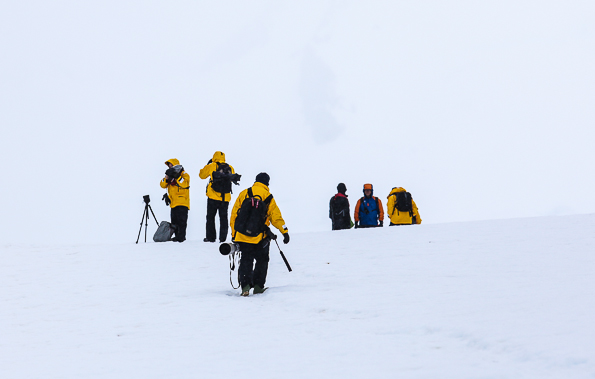
I also had a couple of cheap, thin, micro-fleeces purchased from UK company Mountain Warehouse, and a slightly thicker one from Marks & Spencer, all with neck zips, all I guess it’s safe to say of were not premium expedition technical quality, and the two former items can perhaps even be described as budget items. All cost less that £20 each. I also bought a Berghaus Spectrum fleece with full length zip for £35, and although Berghaus is one of the better makes here in theUK, I found that their premier polartec fleeces are only supplied up to XXL. On my first Antarctic outing I wore a micro-fleece, the Berghaus spectrum fleece on top, then the Quark parka on top and was far too hot. My ideal combination turned out to be a couple of micro-fleeces underneath the Quark parka. Layering with multiple thinner item seems to work much better.
Footwear
Talking of boots, I note Andy Biggs didn’t really like his Quark rubber boots, which were really just Wellington boots with slip-in, insulated (compressed wool) liners. They did look very basic, and perhaps were, but I found them perfectly OK, although the liners were definitely rather fiddly at times, but there again we didn’t go on any major hikes or really long walks. I guess us Brits are just more used to wearing wellies. There are good reasons however, why Quark issue rubber boots to wear, so don’t go thinking you can take your own. Antarctic regulations are pretty strict and to avoid any contamination of this pristine environment, you have to wade through trays of disinfectant when disembarking and embarking to and from any zodiac trips. For use around the ship a good pair of trainers will suffice, although I had a pair of light-weight, ankle walking boots that I used, as I travelled on to Patagonia after Antarctica.
Head Gear for Antartica
I also brought a Berghaus fleece balaclava, which for most of the time I pulled down around my neck and wore like a neck gaiter, only pulling it up over my head when it got cold and windy. This wasn’t waterproof but was very warm, When it rained or snowed I used the parka hood in addition to the balaclava. This worked really well for me but I’m bit of a fresh air freak and so my balaclava stayed down unless really necessary, whilst most other shipmates always seemed to adorn plenty of headgear at all times when out and about.
Digit Wear
I really did worry prior to the trip that my cheap gear would be inadequate for the Antarctic, but looking back now, I worried unnecessarily, as everything proved perfectly adequate for a trip of this nature. It’s not that I set out to buy cheap gear, quite the opposite, but an inability to get my sizes forced me to compromise and in the end it probably saved me a whole bunch of money.
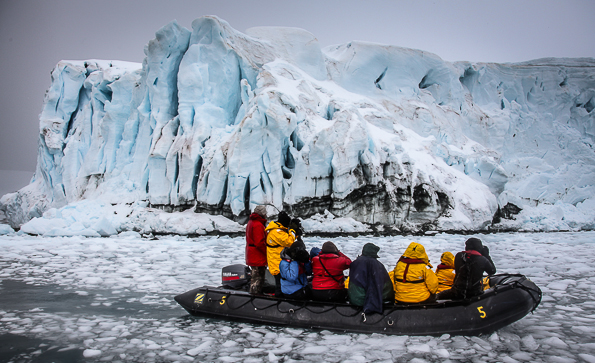
I did however splash out on some rather expensive, gore-tex, waterproof, breathable, gloves with separate fleece liners in which you could still operate your camera with. These cost a whopping 60 quid, rather a lot of money for a pair of gloves. I also bough 3 pairs of very cheap, thin, acrylic gloves, to use as additional liners should I get the fleece liners wet. I hardly wore the gore-tex gloves, with the cheap a acrylic gloves proving far more useful. These didn’t take up much space, dried quickly, were tactile so I could still operate the camera, I always had a spare pair kept in a pocket, and I didn’t have to worry if I lost one or they got rapped. They cost £2.49 a pair and were the bargain of the trip. Most unlike me, I never lost any of them on this trip either.
Rights of Passage, Crossing the Drake
For most this will be the worst and the longest part of your voyage. It has a terrible reputation and if like me, you are not good on water full stop, then this was something I was really dreading. For many it’s said to be your rights of passage, something you have to suffer first, only to be rewarded with the sights of the last pristine and most spectacular place left on the planet. Pain, then pleasure .. err, you get the drift. Anyway it would be foolish to think that you’re going to get across the Drake on your first attempt without some sort medication, unless of course you’re a hardy sea goer. Even the regular ships crew get sick. We were recommended Scopolamine patches, which you can only get on prescription in the UK. These you place behind the ear. They have a slow release of anti-nausea medication into your system, and once on you could pretty much forget about them, although I did have one come off in the shower. They didn’t stop me feeling ill however, but I didn’t throw up, not even once, and that’s from someone who can easily get terribly seasick on a raft in a millpond, so from that perspective they lowered the symptoms considerably. They do make you drowsy however, but that’s probably not a bad thing, as for many sleeping through the trip out is probably best, although I’d wish I’d know that at the time as I left my patch on for days, so should have removed it once we hit the calm waters of the South Shetlands. According to the ships doctor being horizontal is better, and he’s was dam right too. Sailing down the Beagle channel was a breeze, and I was out on deck taking photographs all the way, but as soon as we hit open waters the boat started to roll, and I began to feel queasy. The first morning I didn’t feel up to breakfast but my room mate Dave DuChemin kindly brought back tea and toast, which worked wonders, and made me realise that I need to eat too, so I made the meal times after that. You don’t want to feel queasy on an empty stomach. I did make it to the bridge once , where I noted the roll was 20 degrees each way, that’s a 40 degree roll. I’m told that’s pretty average and a long way from how bad it really can be. Whilst the Scopolamine patches help a lot, it would be foolish to rely on just one form of seasickness medication. Take 2 or 3 is my advice then if one’s not for you have something else to try.
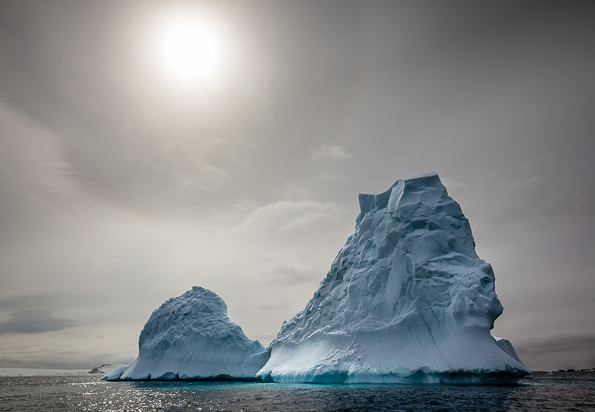
Well that’s enough for now. Click on this link to find out about the equipment I took and what worked for me, here

Return to Antarctica | johnbirchphotography
[…] last time I travelled with two 5D mark-II’s, having purchased a second body just prior to my departure. Relying on […]